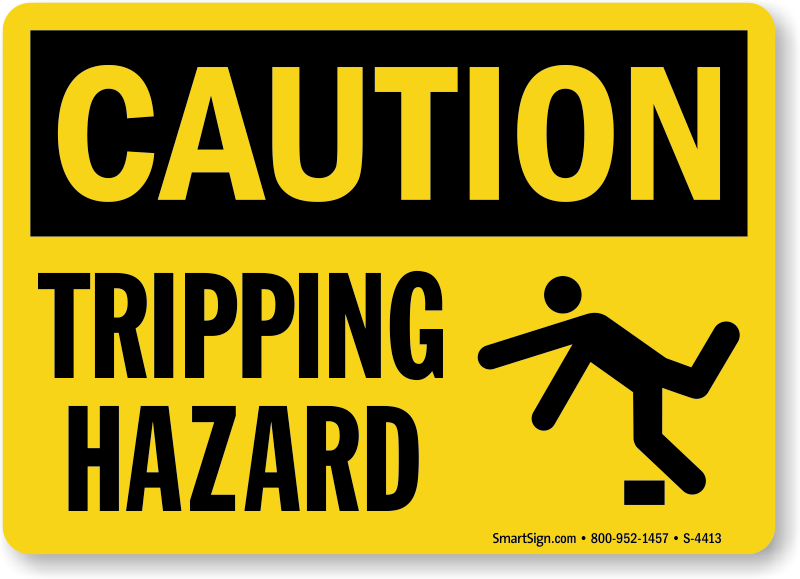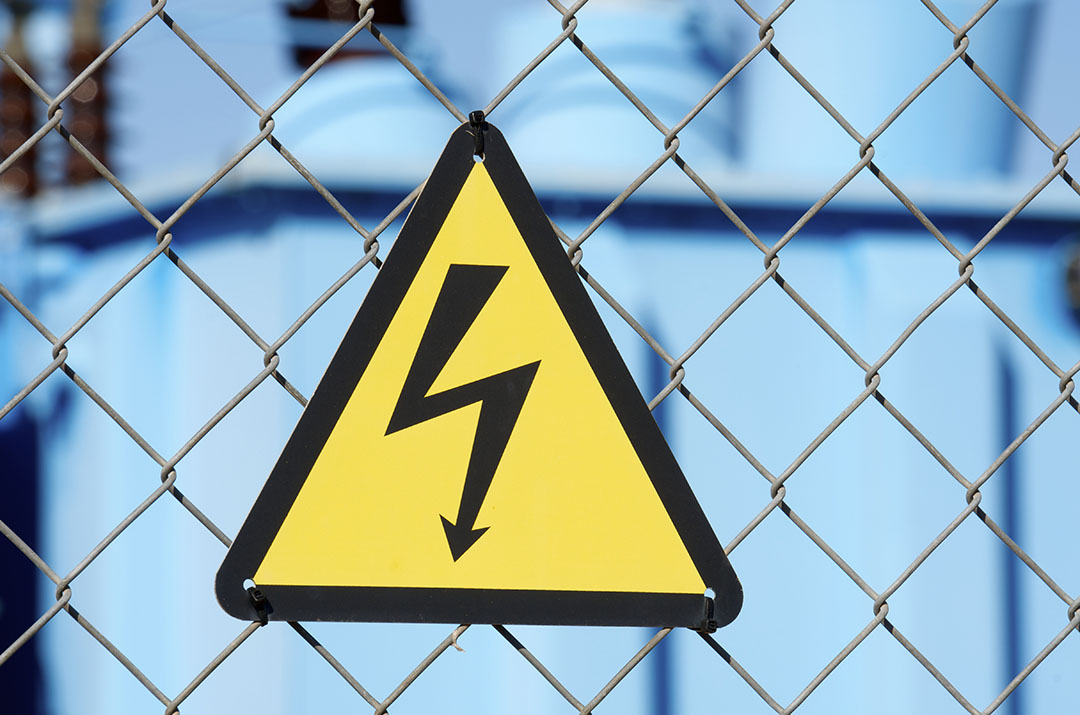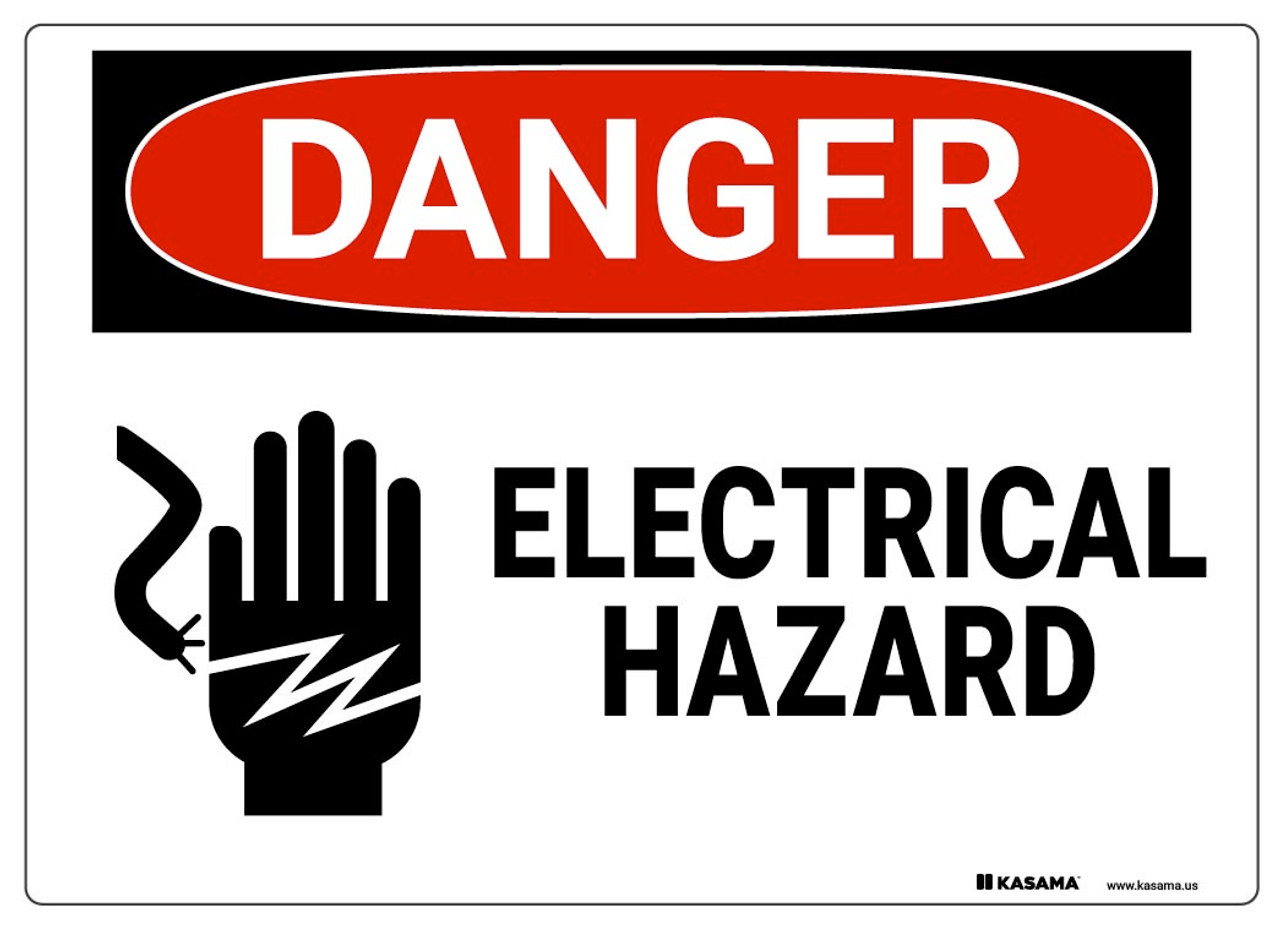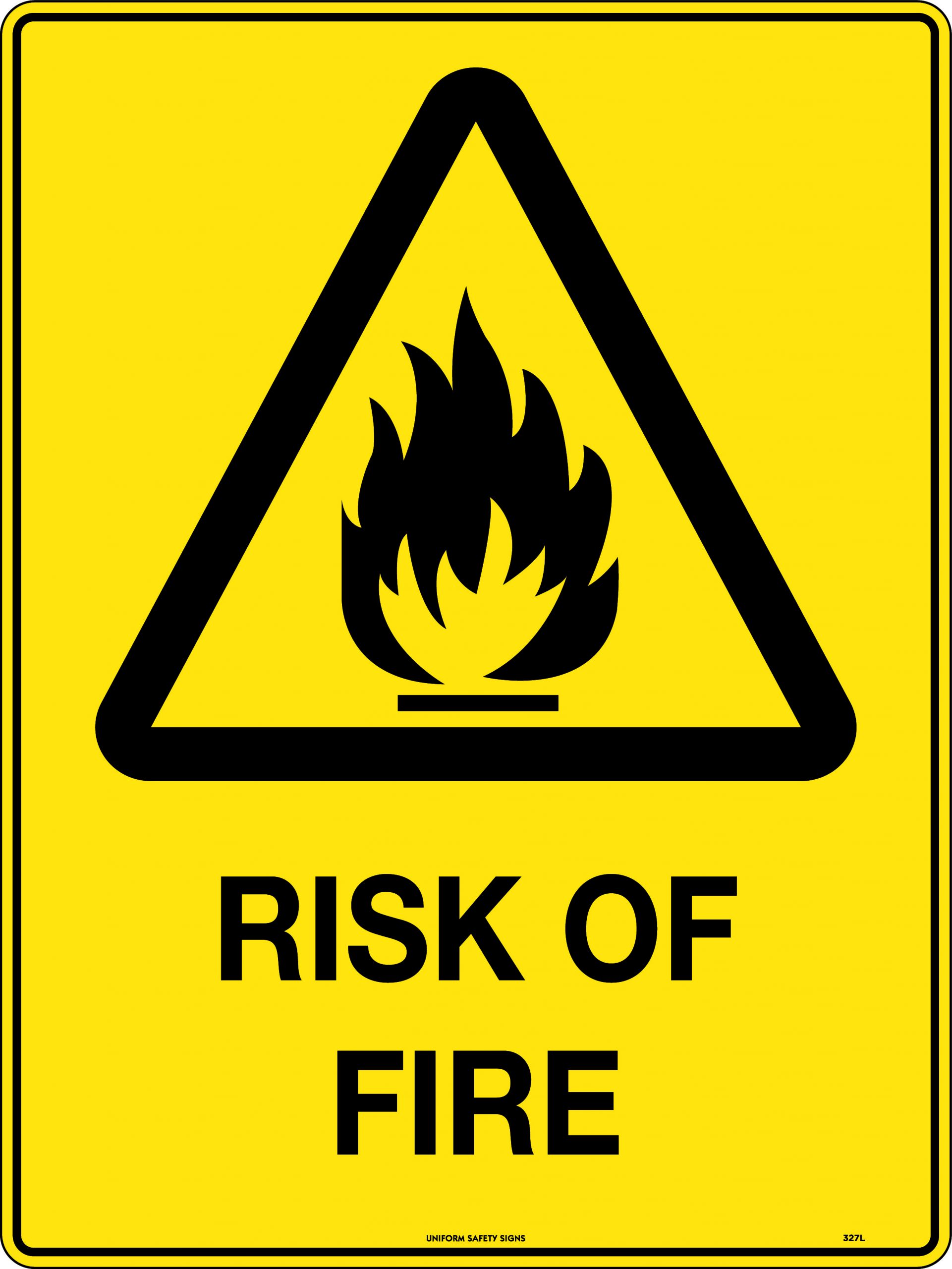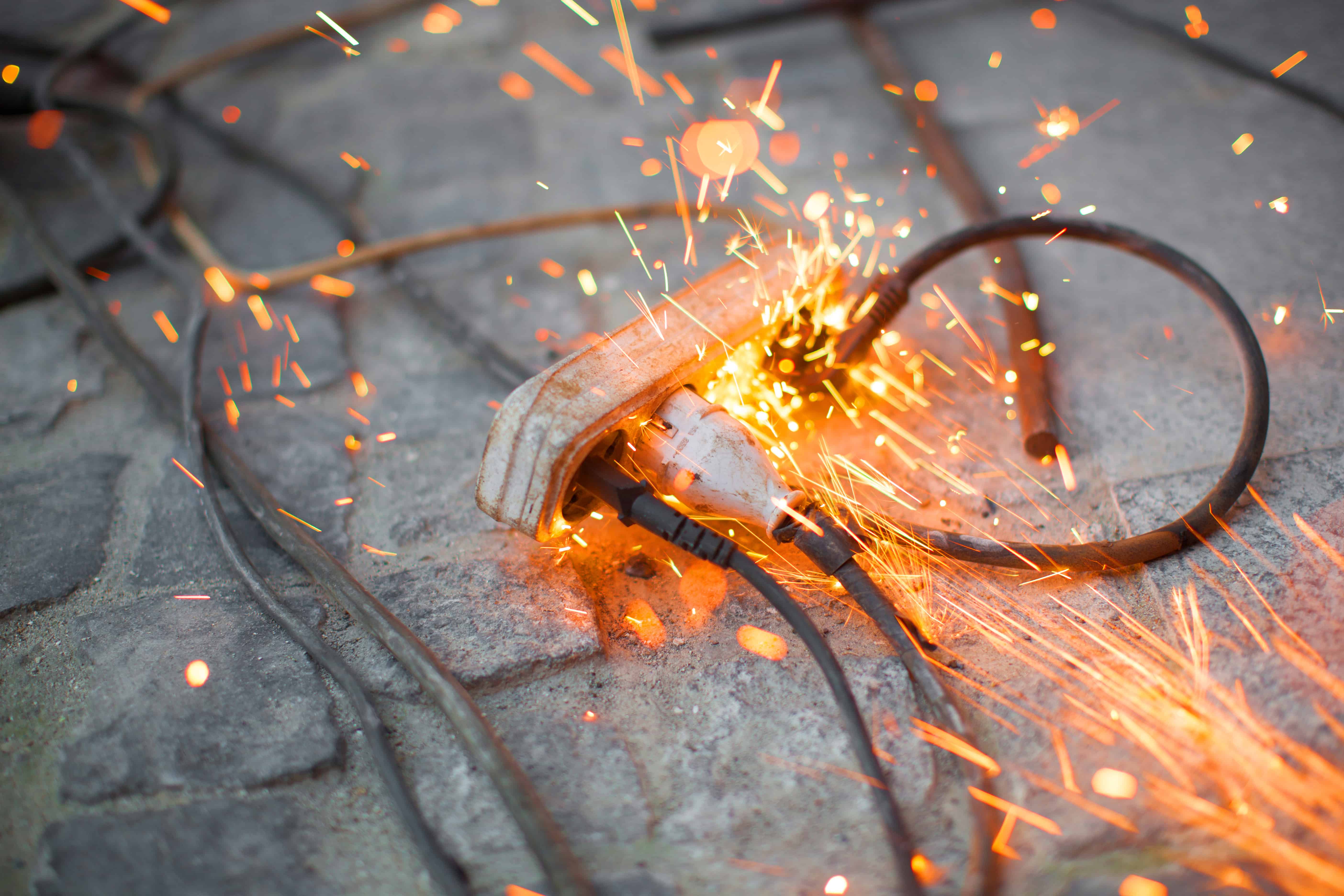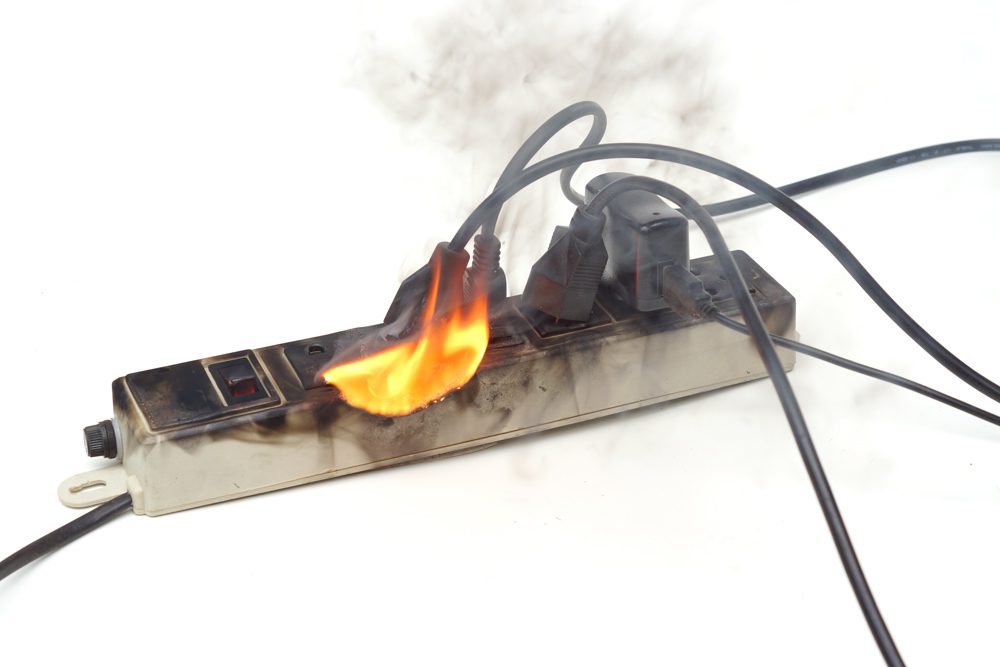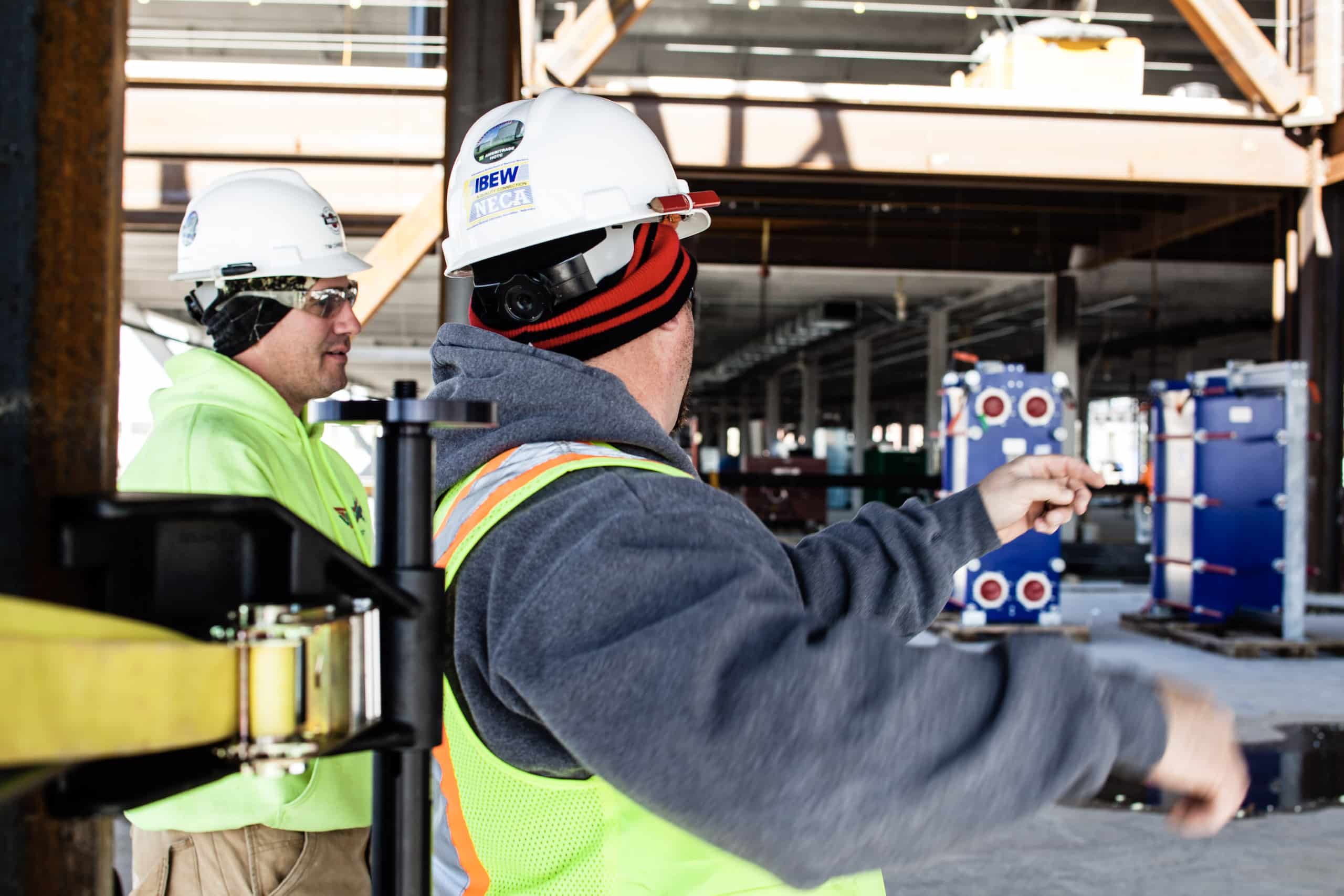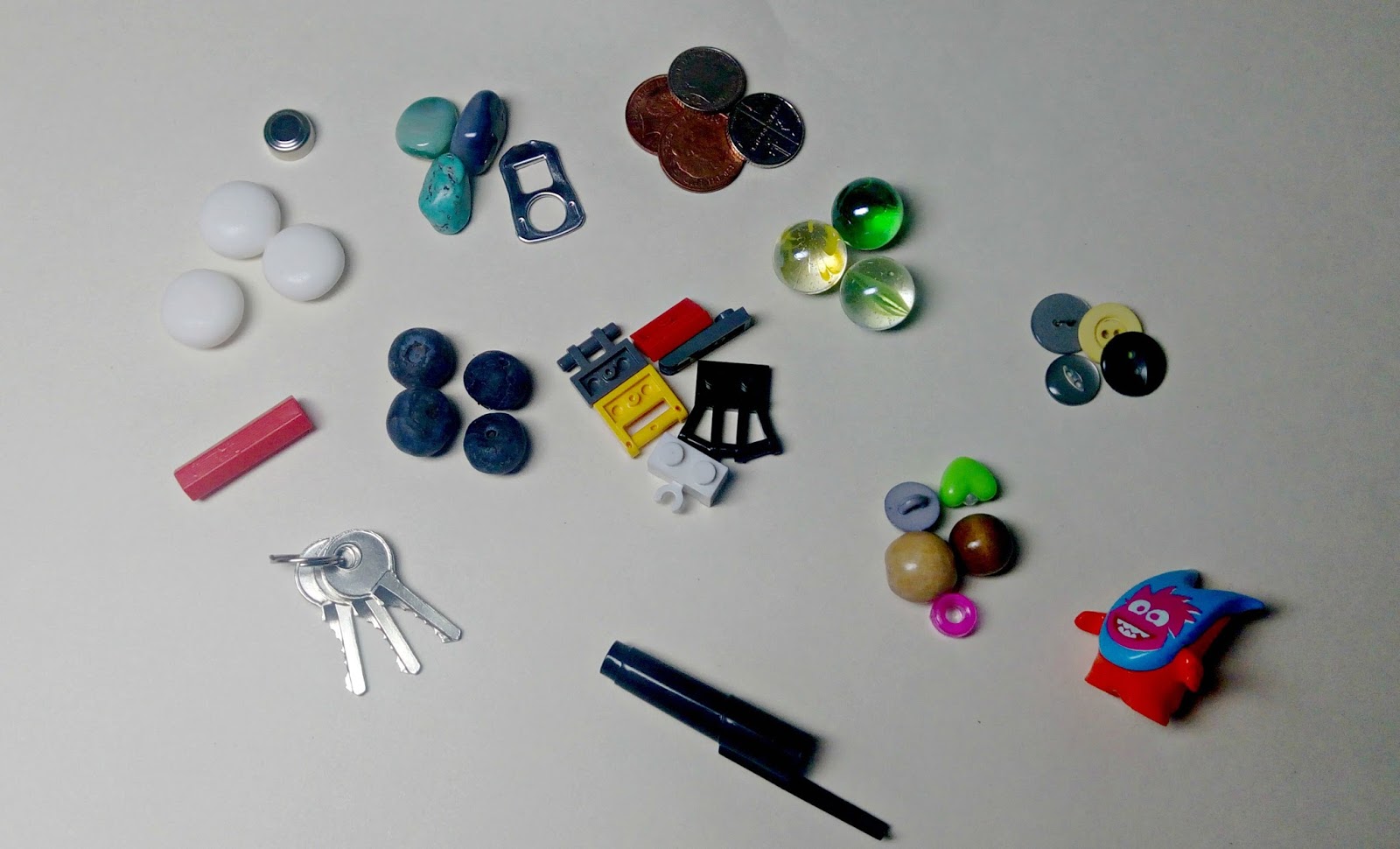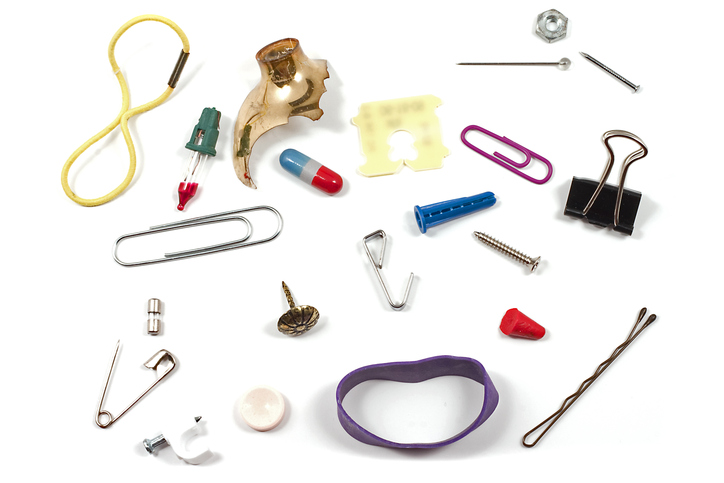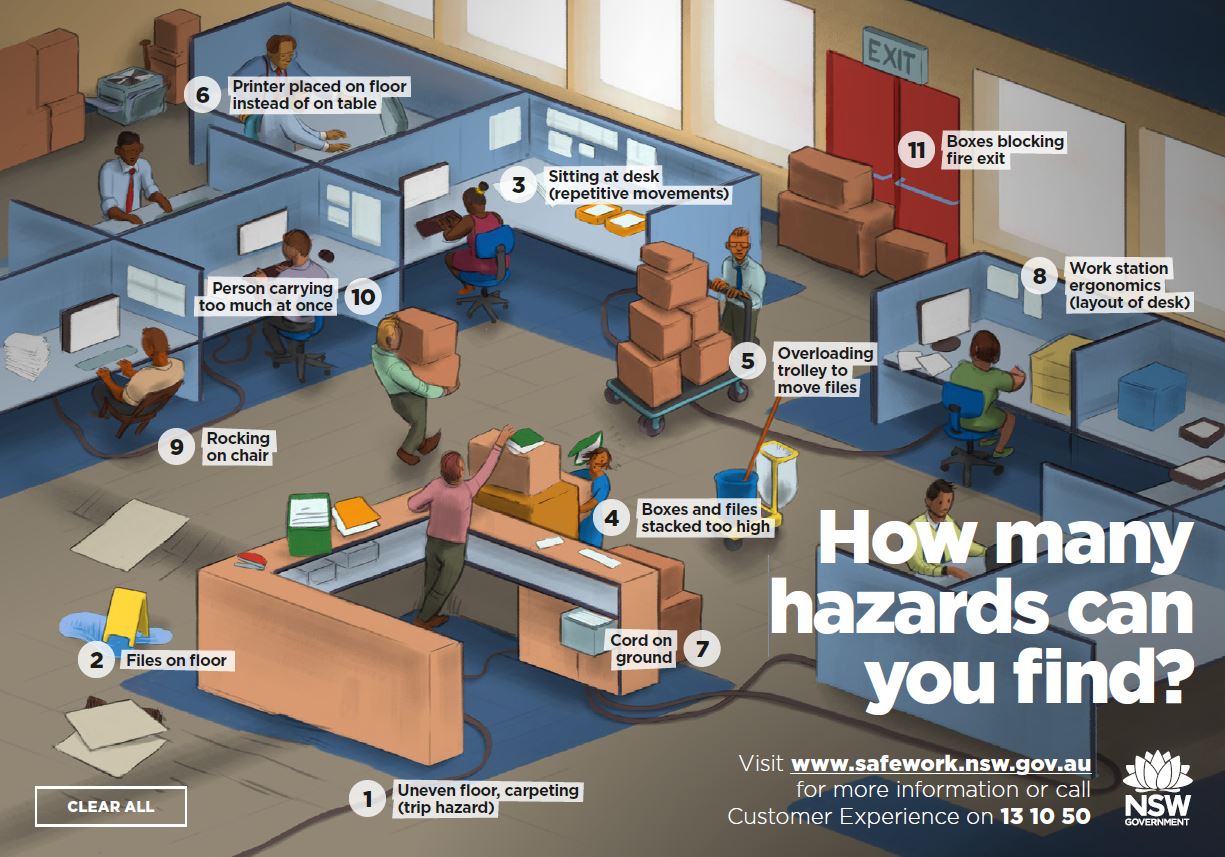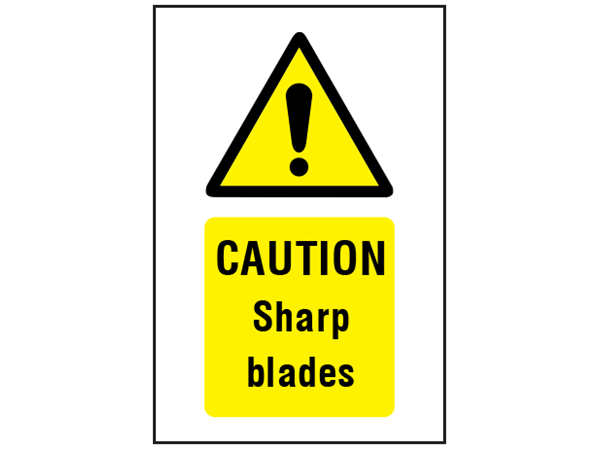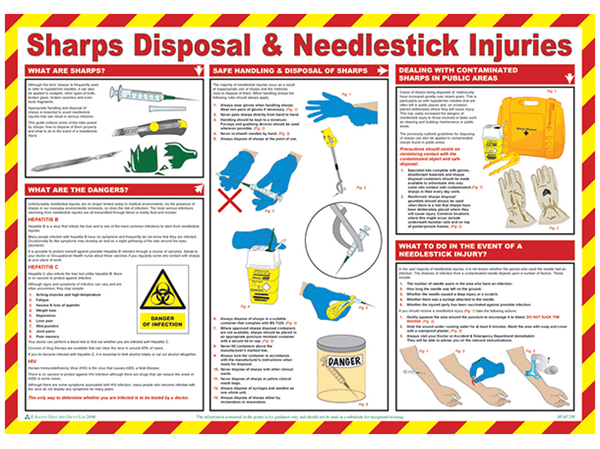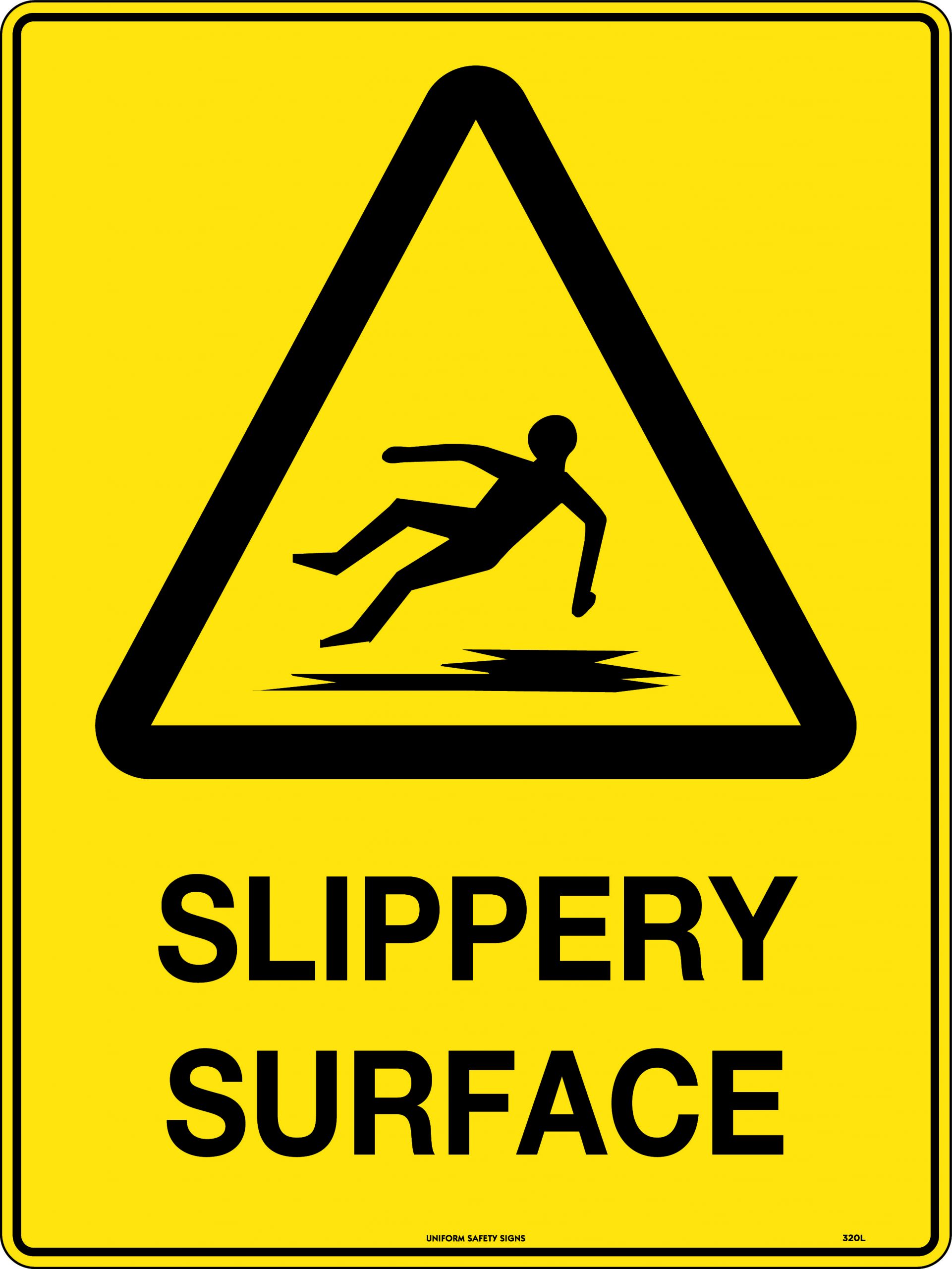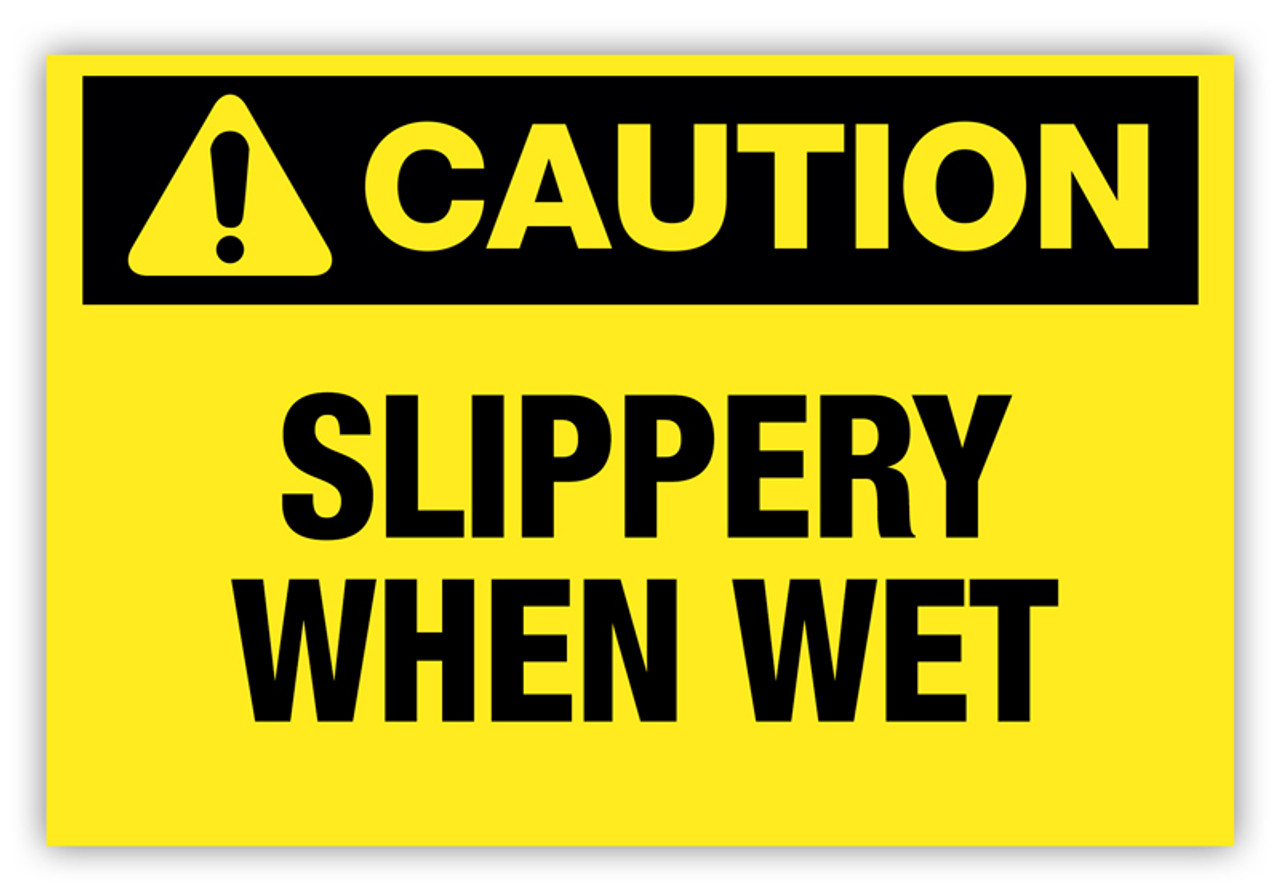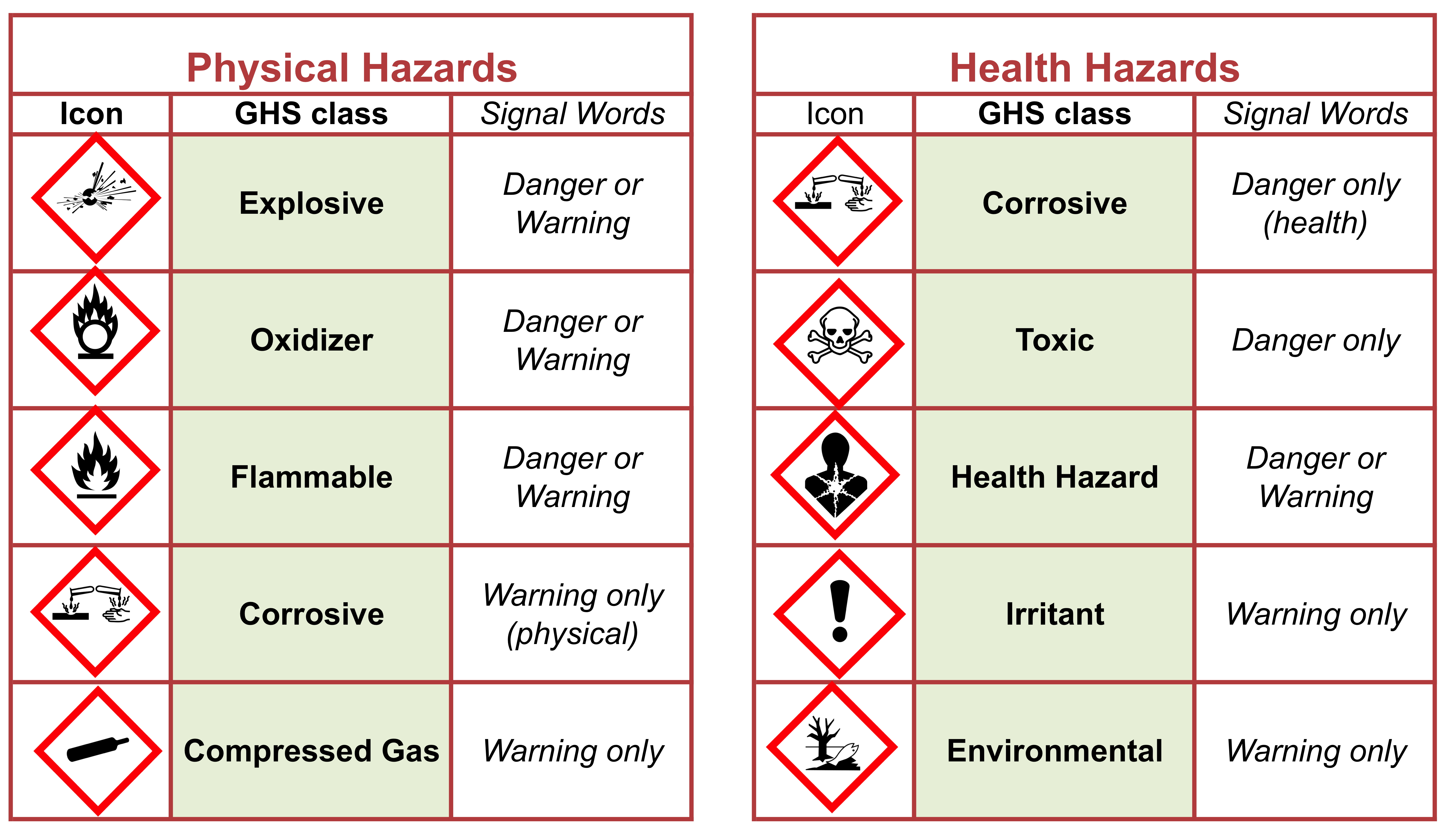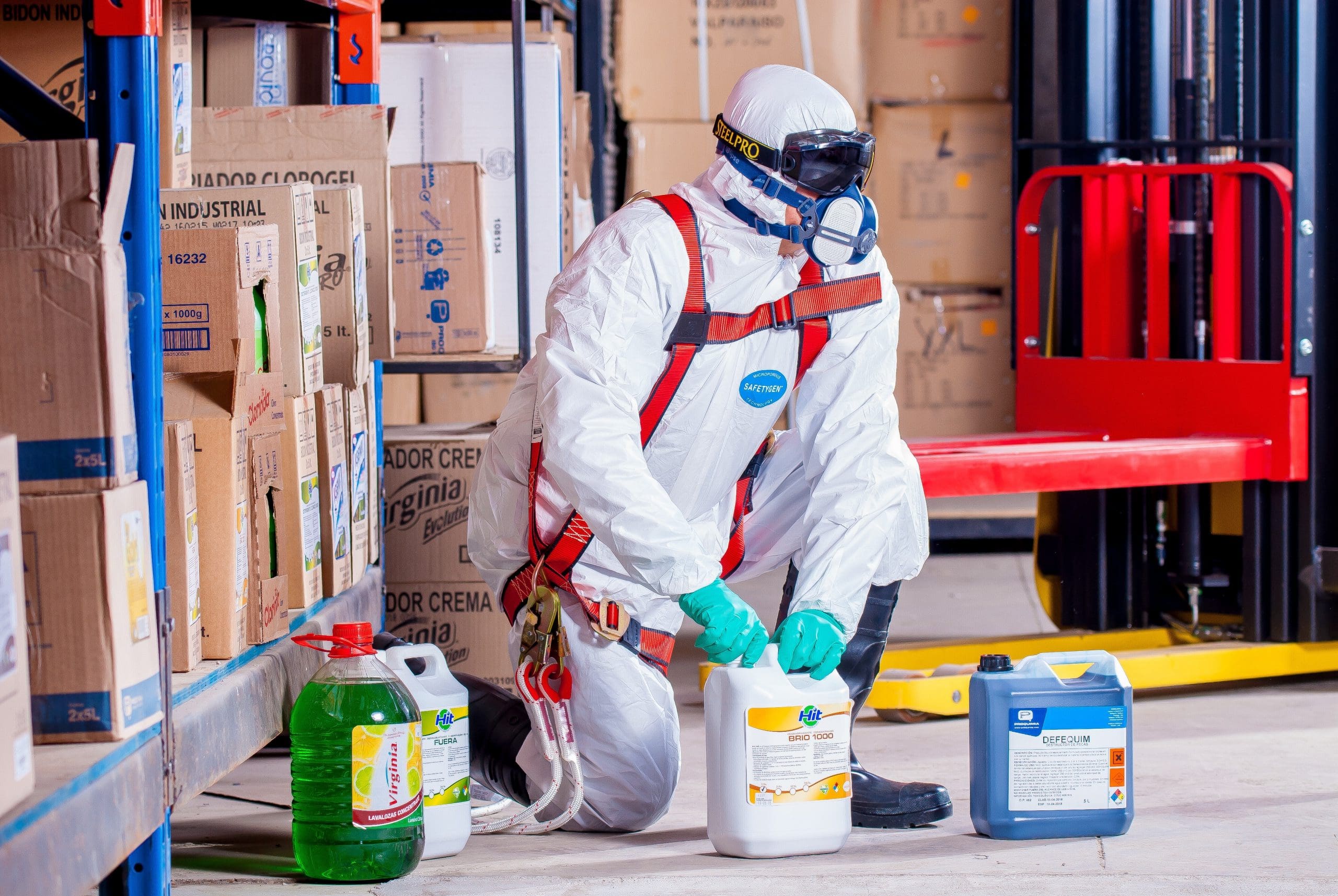Tripping Hazards
The living room is often the gathering place for family and friends, but it can also be a hazardous area if not properly maintained. One of the most common hazards in a living room is the risk of tripping. This can happen due to cluttered pathways, loose rugs, or uneven flooring. It is important to keep the living room clear of any obstructions and to secure any loose rugs to prevent any potential falls. This will not only prevent injuries but also give the room a cleaner and more spacious appearance.
Electrical Hazards
With the increasing number of electronic devices in our homes, the risk of electrical hazards has also increased. In the living room, there are often multiple cords and wires connected to outlets, which can pose a risk of electrocution or fire if not properly managed. Make sure to regularly check for frayed wires and replace them immediately. It is also important to not overload outlets and to use surge protectors to prevent any potential accidents.
Fire Hazards
The living room is often where we relax and unwind, which means there may be candles, heaters, and fireplaces in use. While these can create a cozy atmosphere, they can also be potential fire hazards if not used with caution. Always make sure to keep flammable items away from heat sources and never leave them unattended. It is also important to regularly check smoke detectors and have a fire extinguisher easily accessible in case of emergencies.
Poisoning Hazards
Many household items in the living room, such as cleaning products, plants, and medications, can be toxic if ingested. Poisoning hazards can be especially dangerous for young children and pets who may accidentally come into contact with these substances. Always store these items out of reach and properly label them. In case of accidental ingestion, have the poison control hotline number readily available.
Choking Hazards
Small objects and toys left on the floor can pose a risk of choking hazards for young children and pets. It is important to regularly pick up and put away any small items to prevent any potential accidents. It is also important to keep an eye on what children and pets are playing with to ensure they are not putting anything dangerous in their mouths.
Furniture Hazards
Heavy and unstable furniture can be a furniture hazard in a living room. Make sure to properly secure bookshelves, TV stands, and other furniture to the wall to prevent them from tipping over. It is also important to regularly check for any loose or broken pieces of furniture that may pose a risk of injury.
Sharp Object Hazards
Many items in the living room, such as knives, scissors, and even decorative objects, can be sharp and pose a risk of injury. Sharp object hazards can be especially dangerous for children who may not understand the potential danger. Keep sharp objects out of reach and consider using child-proof locks on cabinets and drawers. It is also important to teach children about the danger of sharp objects and to always supervise them in the living room.
Slippery Floor Hazards
Slippery floors can pose a risk of slippery floor hazards for anyone in the living room. This can happen due to spills, wet shoes, or even just a slippery surface. Make sure to clean up any spills immediately and provide non-slip mats or rugs in areas prone to moisture. It is also important to regularly clean and maintain the flooring to prevent any potential accidents.
Window Hazards
While windows provide natural light and ventilation, they can also pose a risk of window hazards in a living room. Children and pets may accidentally fall through open windows or get caught in blind cords. Always make sure to install window guards or locks and keep blind cords out of reach. It is also important to regularly check for any damage to windows and repair them promptly.
Chemical Hazards
Many household products, such as cleaning supplies, air fresheners, and paints, contain hazardous chemicals that can pose a risk to our health. Chemical hazards can be even more dangerous in an enclosed space like a living room. Make sure to properly store these products and use them in well-ventilated areas. It is also important to read and follow all safety instructions on the labels.
It is important to be aware of these top 10 hazards in a living room and take necessary precautions to prevent any potential accidents or injuries. Regular maintenance and cleaning can go a long way in ensuring a safe and comfortable environment for you and your loved ones.
Hazards in a Living Room: The Importance of Safety in House Design
 Living rooms are the heart of a home, where families come together to relax, watch TV, and spend quality time with each other. However, this room also has its fair share of hazards that can put your loved ones at risk. As a homeowner, it is crucial to be aware of these potential dangers and take necessary precautions to create a safe and secure living space for your family. In this article, we will discuss some of the most common hazards in a living room and how to prevent them.
Living rooms are the heart of a home, where families come together to relax, watch TV, and spend quality time with each other. However, this room also has its fair share of hazards that can put your loved ones at risk. As a homeowner, it is crucial to be aware of these potential dangers and take necessary precautions to create a safe and secure living space for your family. In this article, we will discuss some of the most common hazards in a living room and how to prevent them.
The Dangers of Furniture
 Furniture may seem harmless, but it can actually pose serious hazards if not properly maintained. Heavy and unstable furniture, such as bookshelves and TV stands, can easily tip over and injure someone, especially young children. To prevent this, make sure to secure large pieces of furniture to the wall using brackets or anchors. Additionally, avoid placing furniture near windows, as they can become potential fall hazards.
Furniture may seem harmless, but it can actually pose serious hazards if not properly maintained. Heavy and unstable furniture, such as bookshelves and TV stands, can easily tip over and injure someone, especially young children. To prevent this, make sure to secure large pieces of furniture to the wall using brackets or anchors. Additionally, avoid placing furniture near windows, as they can become potential fall hazards.
Electrical and Fire Hazards
 With the amount of electronic devices we use in our living rooms, it's no surprise that electrical hazards are a major concern. Overloaded outlets, faulty wiring, and damaged cords can result in electrocution or house fires. To avoid these dangers, make sure to regularly inspect and replace damaged cords and never overload outlets with too many devices. It's also a good idea to invest in surge protectors to prevent damage from power surges.
With the amount of electronic devices we use in our living rooms, it's no surprise that electrical hazards are a major concern. Overloaded outlets, faulty wiring, and damaged cords can result in electrocution or house fires. To avoid these dangers, make sure to regularly inspect and replace damaged cords and never overload outlets with too many devices. It's also a good idea to invest in surge protectors to prevent damage from power surges.
Childproofing
Slip and Fall Risks
 Slip and fall accidents are one of the leading causes of injuries in a home. In a living room, common causes of slips and falls include loose rugs, cluttered floors, and poor lighting. To prevent these accidents, make sure to keep floors clear of clutter, secure rugs with non-slip pads, and install adequate lighting. It's also important to fix any uneven or damaged flooring to avoid tripping hazards.
In conclusion, as a homeowner, it's your responsibility to ensure the safety of your family by identifying and addressing potential hazards in your living room. By taking the necessary precautions, you can create a safe and comfortable living space for you and your loved ones. Remember,
safety
should always be a top priority when it comes to house design.
Slip and fall accidents are one of the leading causes of injuries in a home. In a living room, common causes of slips and falls include loose rugs, cluttered floors, and poor lighting. To prevent these accidents, make sure to keep floors clear of clutter, secure rugs with non-slip pads, and install adequate lighting. It's also important to fix any uneven or damaged flooring to avoid tripping hazards.
In conclusion, as a homeowner, it's your responsibility to ensure the safety of your family by identifying and addressing potential hazards in your living room. By taking the necessary precautions, you can create a safe and comfortable living space for you and your loved ones. Remember,
safety
should always be a top priority when it comes to house design.





